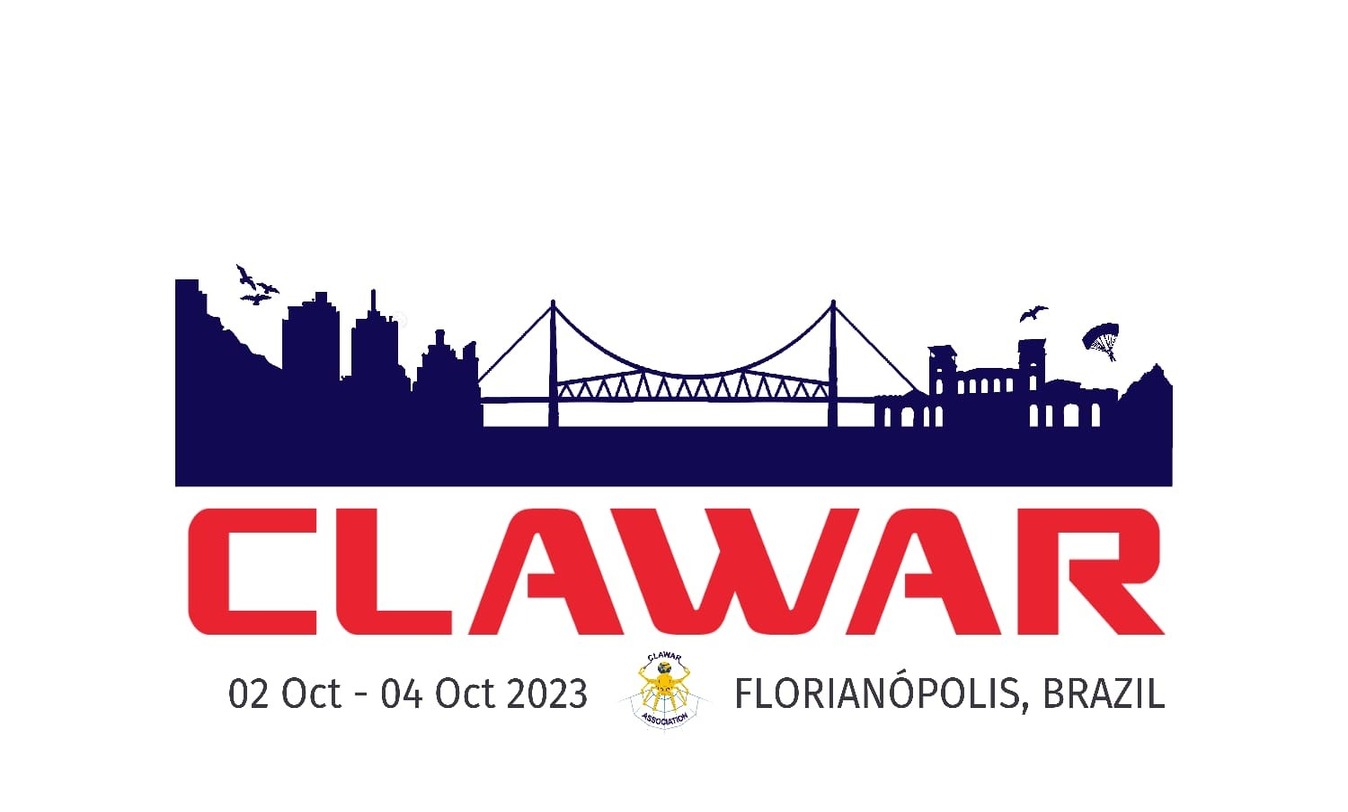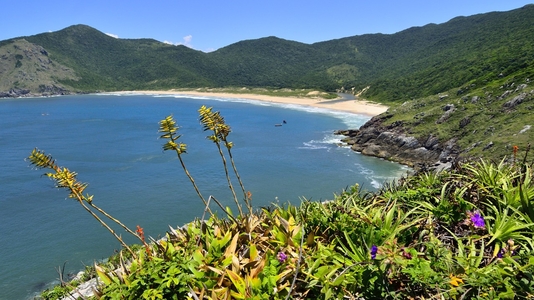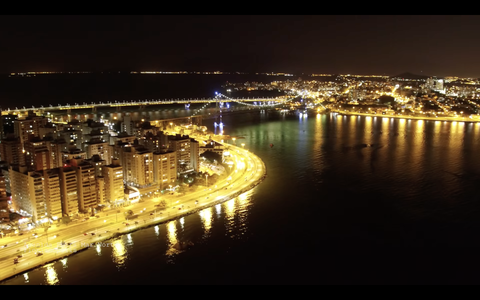Hybrid and Convertible Unmanned Aerial Vehicles
Organizers
Guilherme Vianna Raffo, raffo@ufmg.br (Corresponding organizer)
Department of Electronic Engineering, Federal University of Minas Gerais, Brazil
Daniel Neri Cardoso, danielneri@ufmg.br
Graduate Program in Electrical Engineering, Federal University of Minas Gerais, Brazil
Sergio Esteban, sesteban@us.es
Department of Aerospace Engineering, Universidad de Sevilla, 41092, Seville, Spain
Unmanned Aerial Vehicles (UAVs) with conventional structures might be limited to meet
certain mission requirements. Hybrid and convertible UAVs are being developed to compensate for
this, showing broad application prospects. These UAVs can perform, for example, vertical take-off and
landing (VTOL) and cruise flight with extended endurance, and can also reach places at risk for humans,
due to harsh conditions, such as volcanic areas, river bottoms, lakes or seas, or rugged areas. However,
research on this subject is still in its initial stage. Dynamic modeling and control design face several
problems. This Special Session intends to bring together researchers to present the most recent
advances and innovations in this subject with the goal of summarizing the open challenges and
highlighting the current trends to improve the techniques in this field, including the following topics:
– Hybrid and convertible unmanned aerial vehicles
– Hybrid unmanned aerial underwater vehicles
– Design and construction
– Dynamic modeling
– Aerodynamics and hydrodynamics modeling
– Ceiling or floor effects modeling
– Obstacle avoidance, path planning, guidance, navigation, and control
– Flight transition control and transition between environments
– Novel approaches of control allocation
– Novel data-driven control methods
– Identification and estimation
– Flight control systems for aggressive maneuvers
– Novel applications
Multibody systems and mechanism design in robotics
Organizers
Prof. Estevan Hideki Murai, estevan.murai@ufsc.br (Corresponding organizer)
Department of Design and Graphical Expression
Federal University of Santa Catarina
Prof. Henrique Simas
Department of Mechanical Engineering
Federal University of Santa Catarina
Prof. Julio Cesar Frantz
Department of Mechanical Engineering
Universitary Center of Brusque
Modern robotic systems integrate technologies from different areas of knowledge, such as electronics,
control, automation, and mechanics. Mechanical design of robotic systems involves the geometric
design, system design including mechanism design, and kinematic and dynamic modeling. Indeed,
multibody system kinematics and dynamics can be thought as fundamental disciplines for mechatronics
approaches in designing and operating modern systems. The design of innovative mechanical hardware,
and the development of new methodologies for modeling and control seek to bring more contributions
to the robotics field. From this point of view, this special session is proposed as a discussion space in
which researchers can contribute in areas such as:
– Mechanism and Machine Design;
– Design of Biomechanics and Medical devices;
– Gears and Mechanical Transmissions;
– Mechatronics and Robotics;
– Computational and Experimental Methods;
– Dynamics of Mechanisms and Machines;
– Micromechanisms and Microactuators;
– History of mechanisms and transmissions;
– Education and Teaching on Theory of Mechanisms and Machine.
– Design of robots and mechanisms for special applications.
Robotic Navigation
Organizers
Prof. Andre Gustavo Scolari Conceicao, andre.gustavo@ufba.br (Corresponding organizer)
LaR – Robotics Lab, Department of Electrical and Computer Engineering, Federal University of Bahia, Brazil
Prof. Tiago Trindade Riberio, tiagotr@ufba.br
LaR – Robotics Lab, Department of Electrical and Computer Engineering, Federal University of Bahia, Brazil
Robotic navigation is a multidisciplinary area that involves from various types of sensors and actuators to
complex technique of control systems and algorithms of artificial intelligence.
In search of developing Autonomous Navigation Systems capable of dealing with high dynamic
environments, localization and mapping are fundamental capabilities. This task provides means for
building a model of the environment, to update it based on changes in the environment, and to localize
the robot in this model. An equally important step involves control strategies, sensorial fusion and
path planning to reach a desired place.
The main objective of this special session is to bring together roboticists, researchers, engineers, and
students, to present and discuss the new developments and innovative aspects in Robotic Navigation,
including the following topics:
– Visual Perception and Navigation
– Visual Control
– Intelligent sensors
– Efficient Sensor fusion
– Robust Localization
– 3D mapping
– SLAM
– Advanced Robot Control
– Intelligent Planning and obstacle avoidance
– Intelligent Navigation
– Realistic Simulation
– SITL and HITL for Simulated Navigation
– Multi-vehicle Navigation
Robotic motion platforms
Organizer
Antonio Otaviano Dourado, a.dourado@ufsc.br
Department of Mobility Engineering, Federal University of Santa Catarina, Brazil
Robotic motion platforms are mainly closed loop robots, that the main task is some kind of motion.
Closed loop robots tend to be more rigid, precise and stronger than open loop robots. The downside
is usually small workspace and less flexibility for changing applications. The tasks robotic motion
platforms can perform are, not limited to:
1) Precise positioning: Due advantages described above, precision motion platforms are useful in
applications that require extreme precision, like mirror positioning in a space telescope.
2) Machining: besides precision, robotic motion platforms tend to be very rigid and can be used in
machining applications, using a milling tool. In this case, this mechanisms are classified as PKM
(parallel kinematic machines).
3) Motion simulation: another use for robotic motion platforms is motion simulation. Motion
simulation replicates (with a scale factor or not) accelerations of real world applications in a
controlled environment. One example is the use of Stewart platforms for flight simulation.
– Synthesis
– Design and construction
– Novel architectures
– Singularities mapping
– Statics, dynamics and kinematics
– Washout filters
– Aerospace applications
– Machining applications
– High precision applications
– Leisure applications
– Special actuators for motion platforms
– Mechanism optimization
– Real time applications
– Cooperative robotics with motion platforms
– Control strategies
Robotics and neurotechnologies for healthcare improvements
Organizers
Fabricio Lima Brasil, fabricio.brasil@isd.org.br (Corresponding organizer)
Edmond and Lily Safra International Institute of Neuroscience, Santos Dumont Institute (ISD), Brazil
Leandro Veloso de Matos, leandro.mattos@stimully.com
Federal University of Santa Catarina, Brazil
Denis Delisle Rodrigues, denis.rodriguez@isd.org.br
Edmond and Lily Safra International Institute of Neuroscience, Santos Dumont Institute (ISD), Brazil
This session will focus on the intersection of robotics and neurotechnologies to enhance healthcare
outcomes. It will explore the use of advanced technologies to improve patient care, including the
development of new robotic devices that can assist with medical procedures or rehabilitation, the use of
neurotechnologies to better understand brain function and treat neurological disorders, as well as the
development and application of exoskeletons, which are wearable robotic devices designed to support
and enhance human movement. Speakers could include researchers, engineers, clinicians, and industry
experts who are working on cutting-edge technologies and approaches to improve healthcare outcomes.
They could share their experiences and insights on the challenges and opportunities associated with
developing and implementing new technologies in clinical practice. Overall, attendees would have the
opportunity to learn more about the latest advances in robotics and exoskeletons for rehabilitation, and
explore potential collaborations and partnerships in this exciting and rapidly evolving field.
– Assistive, surgical and medical robots
– Human-Machine/ Human-Robot interaction
– Rehabilitation and function restoration
– Clinical application of robotics
– Exoskeletons and Robotics in rehabilitation
– Design and development of exoskeletons and advanced prosthetics
– Soft robotics (SoRo) and actuators
– Biomechanics and movements analysis in rehabilitation
– Neuromodulation and advances in neuroprosthetic and functional electrical stimulation systems
– Virtual reality and serious games in robotics
– Brain-machine interfaces (BMI) in assistance and rehabilitation
– Sensors and Instrumentation – advances and applications
– Neurotechnology and its clinical applications
– Gait rehabilitation for stroke patients or spinal cord injury
– Nanorobotics and nanobots navigation in healthcare
Legged Robots: From foundations to current challenges and perspectives
Organizers
Prof. Dr. Thiago Boaventura, tboaventura@usp.br (Corresponding organizer)
Legged Robotics Group, University of São Paulo, Brazil
Dr. Vivian Suzano Medeiros, viviansuzano@usp.br
Legged Robotics Group, University of São Paulo, Brazil
Prof. Douglas Wildgrube Bertol, douglas.bertol@udesc.br
Systems Automation and Robotics Group, University of Santa Catarina State, Brazil
Dr. Victor Barasuol, victor.barasuol@iit.it
Dynamic Legged Systems Lab, Italian Institute of Technology, Italy
In unstructured environments, legged robots have inherent advantages in locomotion over
their wheeled or tracked counterparts. The ability of legged robots to traverse different types
of terrains and step over obstacles makes them uniquely suited to perform tasks in various
scenarios. These scenarios include search and rescue missions, inspection in complex and
industrial environments, agriculture, etc. This special session will 1) Introduce the
foundations of legged robots in a tutorial-like fashion, aimed at young researchers in this
field; 2) Bring together contributions regarding current challenges and perspectives on
legged robotics related topics; and 3) Present the most recent advances in the field with
experts from industry and academia. Topics of interest of this event include:
Design and Control
– mechatronics design
– MPC and whole-body control
– nonlinear and safety-critical control
Path Planning, Perception, and Mapping
– optimization-based and perceptive motion planning
– sensor fusion under uncertainty
– SLAM in static/dynamic environments
Machine Learning
– learning motion
– learning perception
– dynamics and control with learning
Real-World Applications
– disaster response
– industrial inspection
– robotic assistive devices
Sensing and Perception for Robotics
Organizers
Prof. Guilherme Brasil Pintarelli, Dept. of Control, Automation and Computing Engineering, Federal University of Santa Catarina Blumenau, Brazil
Prof. Daniela Ota Hisayasu Suzuki, Dept. of Electrical and Electronic Engineering, Federal University of Santa Catarina, Brazil
Prof. Wuqiang Yang, Dept. of Electrical and Electronic Engineering, The University of Manchester, UK
Advancements in sensing and perception technologies play a critical role in the field of robotics, enabling robots to sense, interpret and interact with their environment in increasingly sophisticated ways. The Sensing and Perception Special Session offers an opportunity for researchers and industry professionals to share and explore the latest breakthroughs in sensor hardware, software and modelling, distributed sensing, information processing, terrain classification for navigation, machine vision, position-based visual servo, estimation of 3D parameters, target tracking, and multi-sensor for intelligent robots. We invite you to submit articles on these topics and related areas for presentation and discussion in this session. Topics of interest of this event include:
− Transducer Technologies for Robots
− Force and Tactile Sensors
− Inertial Sensors, GPS, and Odometry
− Sonar Sensing
− Range Sensors
− Terrain Classification
− Biomimetic Sensors
− Artificial Sensitive Robotic Skin
− 3-D Vision and Recognition
− Imaging Systems and Techniques
− Instrumentation for Machine Vision
− Visual Servoing and Visual Tracking
− Multisensor Data Fusion
− Cooperative sensing
− Emerging sensor technologies
Manuscript preparation
For Manuscript preparation please look at https://clawar.org/clawar23/submissions/instructions-to-authors/
For Manuscript submission please look at https://easychair.org/conferences/?conf=clawar2022




